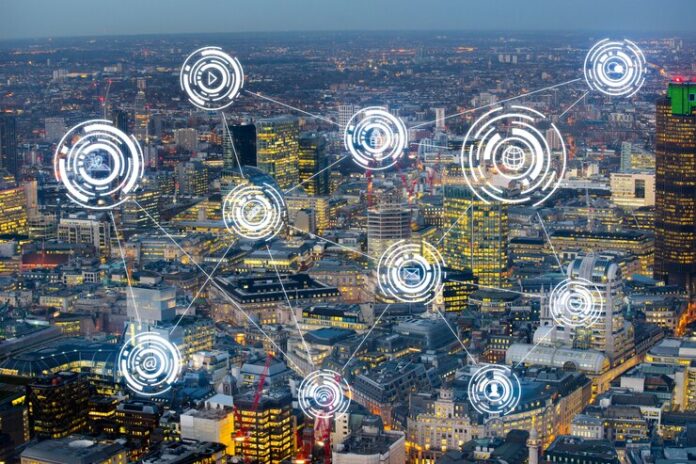In today’s interconnected world, the Internet of Things (IoT) is not just a buzzword but a transformative force driving innovations across industries. At the heart of this revolution lies IoT connectivity, which is undergoing rapid advancements to support a wide array of applications and use cases, making our lives more efficient and interconnected than ever before.
One of the most exciting developments in IoT connectivity is the advent of 5G technology. With its lightning-fast speeds and ultra-low latency, 5G is set to revolutionize how IoT devices communicate. Imagine autonomous vehicles navigating city streets in real-time, hospitals remotely monitoring patients with precision, or factories optimizing production processes with instant data analytics. The possibilities with 5G-enabled IoT are truly limitless, promising a future where every device can seamlessly connect and interact with its surroundings.
But it’s not just about speed—IoT connectivity solutions like Low-Power Wide-Area Networks (LPWANs) are also making significant strides. These networks offer long-range coverage and ultra-low power consumption, making them ideal for applications in agriculture, environmental monitoring, and smart cities where devices need to operate for extended periods on battery power alone. LPWAN technologies like LoRaWAN and NB-IoT are democratizing connectivity, bringing IoT capabilities to remote areas and underserved communities around the globe.
Moreover, the integration of diverse connectivity options is key to unlocking the full potential of IoT. Businesses are increasingly adopting hybrid IoT solutions that combine different technologies such as Wi-Fi, Bluetooth, and LPWANs to create robust and flexible networks tailored to their specific needs. This approach not only enhances reliability but also ensures seamless connectivity across various environments and use cases.
Behind these technological advancements are real stories of impact. Take, for instance, a smart agriculture project in rural Africa using IoT sensors and satellite connectivity to monitor soil moisture and optimize water usage. This initiative has empowered local farmers with real-time data, enabling them to make informed decisions that improve crop yields and sustainability.
In healthcare, IoT-enabled devices are revolutionizing patient care by remotely monitoring vital signs and chronic conditions. Patients can now manage their health more independently, while healthcare providers benefit from proactive intervention based on real-time data insights, ultimately improving outcomes and reducing hospitalizations.
Furthermore, IoT connectivity is driving efficiency gains in manufacturing and logistics, where real-time tracking and predictive maintenance are transforming traditional workflows. By connecting machines and systems seamlessly, businesses can reduce downtime, optimize resource utilization, and enhance overall operational efficiency.
As we look ahead, the evolution of IoT connectivity standards and protocols will continue to play a crucial role in shaping a connected future. Standardization efforts ensure compatibility and interoperability across different IoT devices and platforms, fostering a cohesive ecosystem where innovation can thrive.
In essence, IoT connectivity is not just about technology—it’s about creating meaningful connections that improve lives and drive progress. Whether it’s enhancing productivity in industries, enabling smarter cities, or revolutionizing healthcare, IoT connectivity is paving the way for a more connected, efficient, and sustainable world. As we embrace these advancements, we embark on a journey towards a future where every interaction is smarter, every decision is informed, and every connection is seamless.




